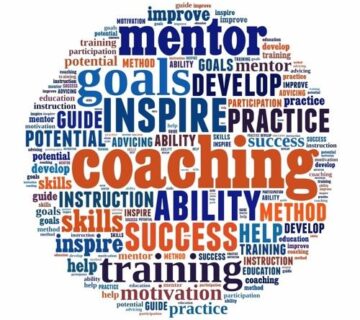This is a topic of conversation I have with many business owners and I’m sure I will continue to have this conversation with many more into the future.
How we see ourselves and how we think can play a huge part in how we conduct ourselves in the day-to-day running of our businesses. How we engage with our employees and customers.
Starting a business can be exciting and scary all at the same time. Most people starting out are prepared to do the hard slog and long hours to get the business up and running, which makes sense for the short term. Unfortunately, that is where it gets stuck.
I have met some amazingly talented people, who are still performing the same tasks they were doing 2 or 3 years ago, when they originally launched their businesses. However, they are stuck and lost in the detail. Keeping the blinkers on and not always seeing the bigger picture. Working day-to-day or week-to-week instead of more strategically. When I ask them this question, “Do you think like an employee or like a business owner?” they will often reflect, nod their heads and acknowledge that they are sabotaging their progress and the business growth by not thinking like a business owner.
When we get lost in the details which so easily could be done by someone else, we prevent ourselves from growing.
As a business owner, to maintain a successful business you should be thinking a year, 3 years, 10 years ahead.
What is your ultimate goal or vision for the next year, 3, 5 or 10 years? Once you have that clarified, then the strategic work begins. This is where you need to take off your employee hat and put on your business hat.
Besides needing a business plan with a clear vision and action steps to focus on, here are a few key learnings I have picked up along the way:
1. Passive vs proactive thinking
As a business owner, your default should always be proactive. I have met many business owners, and those who are proactive in everything that they do, are the ones who survive and reach their goals. Sitting back and waiting for “things” to happen is not a recommended strategy any business owner should follow.
2.You don’t need to ask for permission to achieve something
This is your business, you have the power to make the decisions. Waiting for permission or waiting to be told what to do, will catch you out. There will always be risk in business, but if you do your homework correctly, taking that pioneering step is your responsibility. If you don’t take it, no one else will.
3. The buck stops with you!
When all is said and done, you will always be accountable for the success or failure of your business. Once you acknowledge this, then you are thinking like a business owner. Yes, our employees should be held accountable for their tasks and activities, but you as the business owner will always be the final stop. When this is acknowledged, it is amazing to see what robust systems and processes can be implemented into your business, covering all areas such as recruitment, supply chain, sales, pricing, controls, etc.
So, “Do you think like an employee or like a business owner?”
Nicole is a certified professional coach as well as a certified trainer, advanced assessor and coach mentor. Based in Auckland, she provides a range of coaching options, from individual business owner and management coaching, group and team coaching workshops to personal coaching. Her coaching practice is aligned to the ICF ethos and ethics. Need to hire a professional coach? Contact Nicole
[email protected]
Latest posts by Nicole Coyne
(see all)



